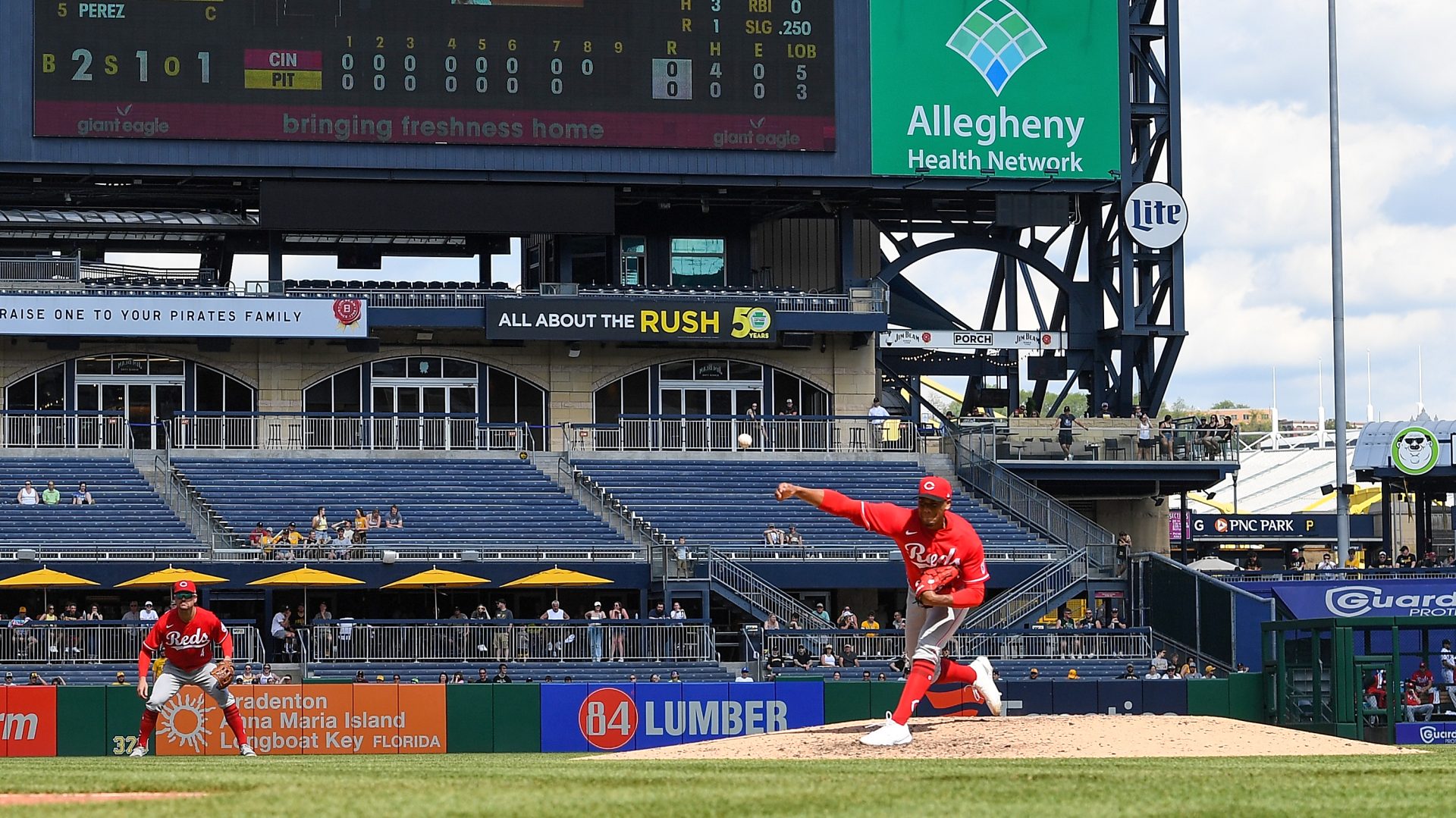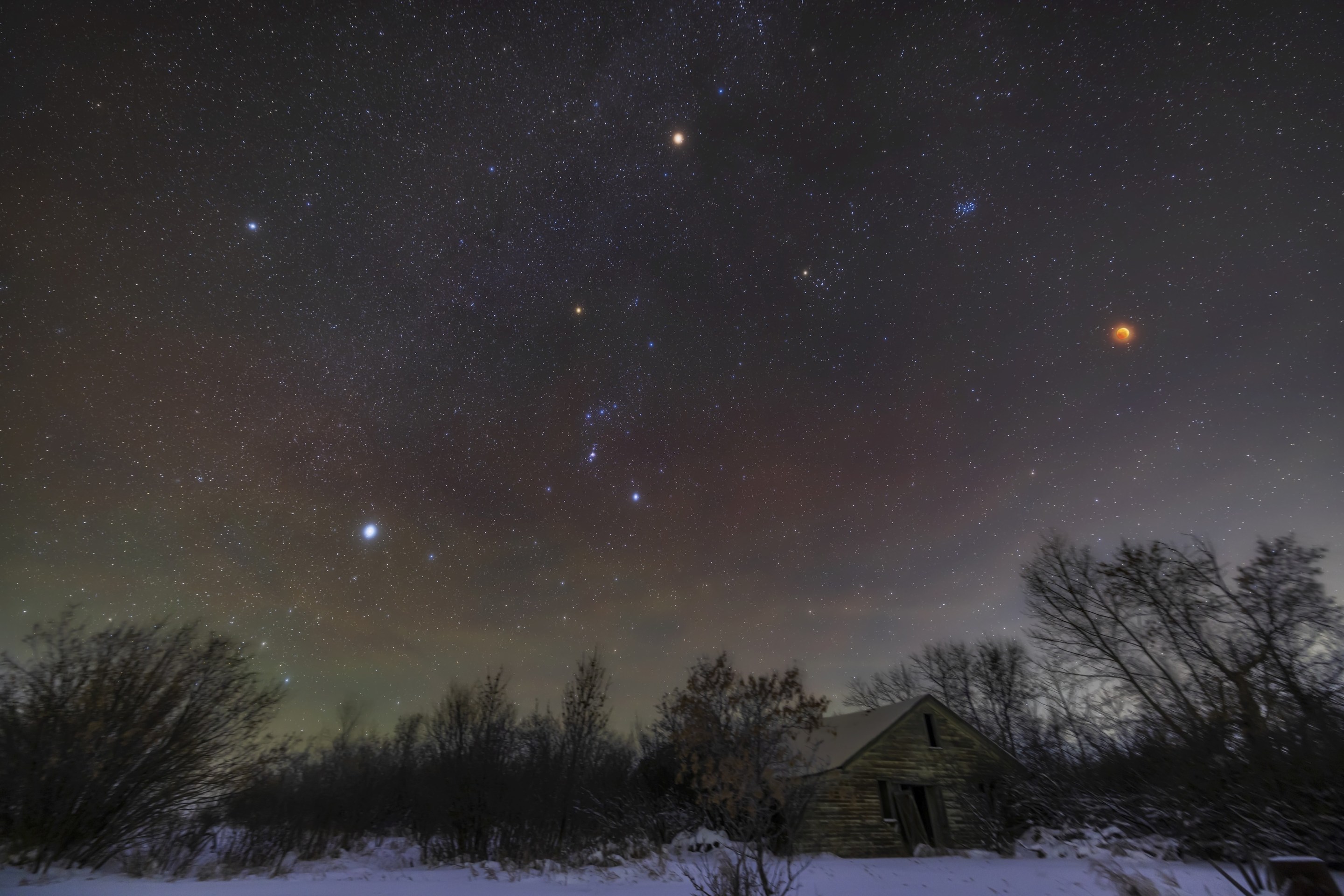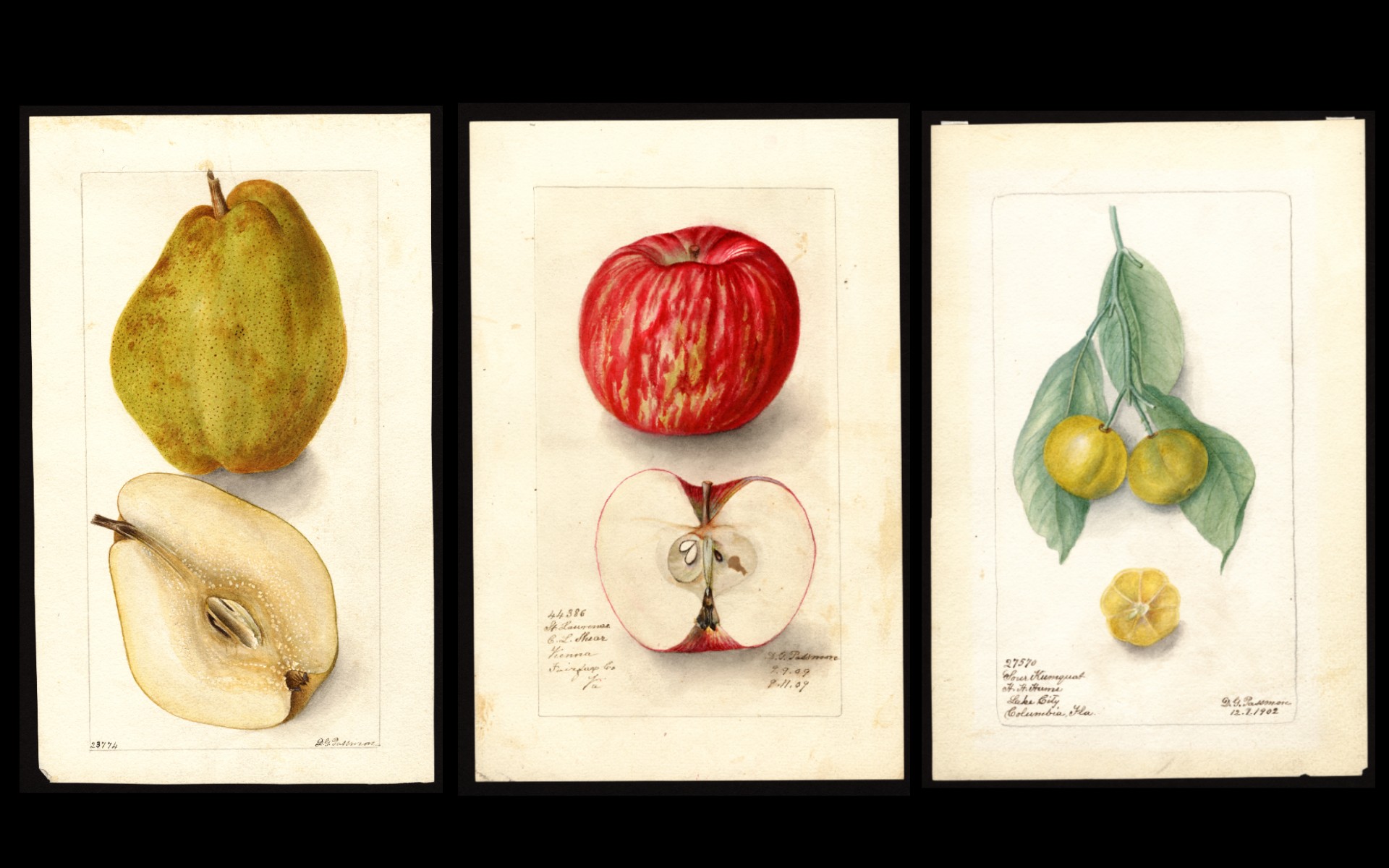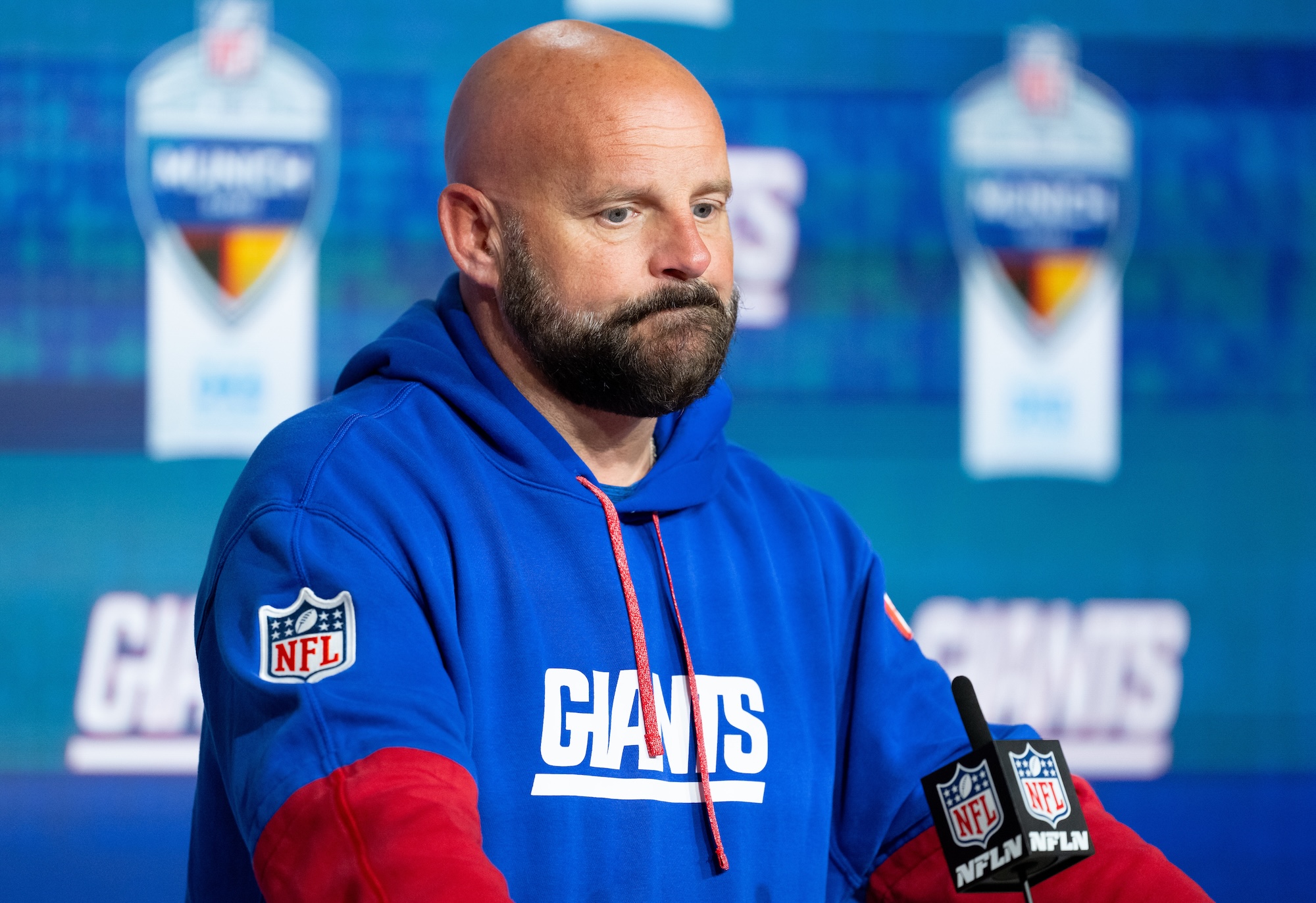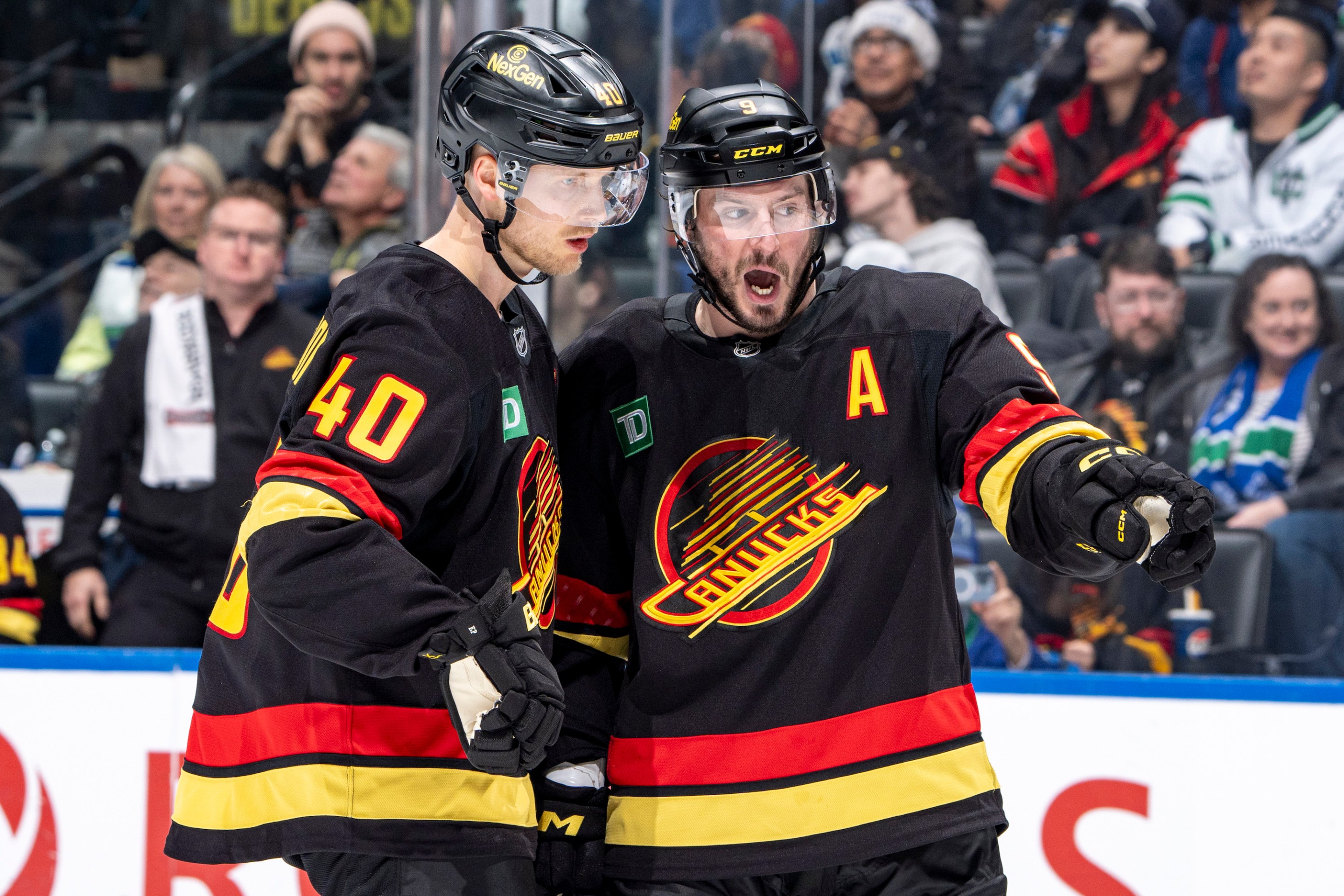There is no scenic route to the sort of statistical line that Cincinnati Reds rookie Hunter Greene has put up over his first seven starts. But of all the ways to get to a 1-6 record and a 6.21 ERA, doing so while striking out 44 and walking 20 in 33.1 innings, while also allowing 11 homers, is at the very least the most eventful. And yet even that doesn't quite tell the story of Greene's first weeks in the majors in a way that honors its weird, discordant beats. There is no "good" way to distribute 11 homers against 67 outs, but then again there was that time when Greene allowed five in just one start. Scouting Greene's stats suggests that he is a pitcher with thermonuclear stuff and rock-and-flint command, and that opposing hitters are taking big swings against him, and also that his team probably isn't very good. But while this is true enough—in the case of the last bit, it has been extremely and even historically true—it necessarily leaves a lot out. Those are just numbers, after all. There'd be no way to know, just from looking at those big red numbers, that Greene threw seven and one-third hitless innings on the road against the Pittsburgh Pirates, and somehow also took his sixth loss, on Sunday.
Given that the Reds have already had a 1-20 stretch this season, and given that the owner's son sparked an ongoing revolt by going on the team's flagship radio station and taunting Reds fans before their home opener, it is hard to say that it matters much. The Reds have been playing better lately, or at least playing the Pirates more often, but it's hard to say that matters much either. The team has played 35 games and won nine times; nothing about this Reds season will matter very much, at least during this season. The Reds are in a very special sort of purgatory, a zone of exception outside of the usual forces governing the sport. There is, in that sense, no limit to how many more no-hitters they could lose this season, and also no real sense in which that would matter.
This is a grim thing, but in its way kind of a promising one. Fans continuing to Bring The War Home to the team's feckless ownership—one fan's threat to poop in the bed of the pickup truck sitting above a Great American Ballpark concourse didn't come to pass, but that fan only has to get lucky once—might actually bully them into a sale, which would be nice. More than that, though, young players like Greene will be able to figure things out against Major League Baseball players, in Major League Baseball games, in a way that he almost certainly would not in Triple-A. At Baseball Prospectus, Craig Goldstein makes the case for the Reds treating Greene's season "as one long case of spring training. Ignore the results and let him 'work on some stuff,' be it pitch mix, pitch ratio, or just location on certain days. Greene’s velocity and quality slider make even Triple-A unlikely to provide significant adversity, and it’s possible adversity is exactly what he needs to adapt and become the best version of himself."
And in that star-crossed no-hitter, there were some signs that Greene might be doing that. Greene throws a fastball that is both faster than that of any other starting pitcher in the league, and straighter than any other this side of his Reds teammate Hunter Strickland. The former is impressive to behold in the faintly CGI'ed way that triple-digit fastballs tend to be; the latter explains why MLB hitters were slugging an astonishing .908 against it going into Greene's start against the Pirates on Sunday. That is fast enough, as Goldstein notes, to blow away even Triple-A hitters; it is, as that .908 slugging percentage (not OPS, but slugging percentage) suggests, demonstrably not enough to blow away big leaguers.
But Greene's slider has been as effective as his fastball has been ineffective, and Greene's pitch mix in recent games suggests that he is currently at work on completely flipping the usage pattern that he brought into the bigs. In his first start of the season, Greene picked up a win against the defending champion Braves despite allowing a pair of homers in five innings; he threw his fastball 60 percent of the time and his slider 25 percent of the time. On Sunday, 55 percent of Greene's pitches were sliders and 43 percent were fastballs. In true Janky No-Hitter fashion, Greene managed to dominate without actually pitching especially well; he walked five, required 118 effortful pitches to get through seven and-a-third, and left things messy enough that his team still managed to lose when one of those runners scored on a should-have-been double-play grounder that wasn't. They're still the Reds, and he is still Hunter Greene. The experience of this season will be looking for signs that those things are changing. Any positive indications there—any positive anything, really—should be easy enough to spot given all the Reds baseball around it.
The absence of a strong third pitch will probably be an issue, but it's one that Greene is going to spend this season working out—either figuring out what it is, or how to pitch effectively without it. "He’s built on the good ones and learned from the ones that have been tough," manager David Bell said after Sunday's start. "It’s really impressive." Even for a former second-overall pick with the fastest fastball in the game, that's the work of it. There's no reason to expect that process to be pretty, because playing Major League Baseball is impossibly hard, and notably harder when you are doing it for the 2022 Cincinnati Reds. But in a season that is already pretty well lost, this is what there is to watch—a talented young pitcher trying to figure out how to do something very difficult, in real time, in real games, in the hope that something significant might somehow escape the uncanny Shimmer in which the rest of this season's Reds games will be played and make it into games that matter somewhere down the line. Just because it's not meaningful doesn't mean it's nothing.
